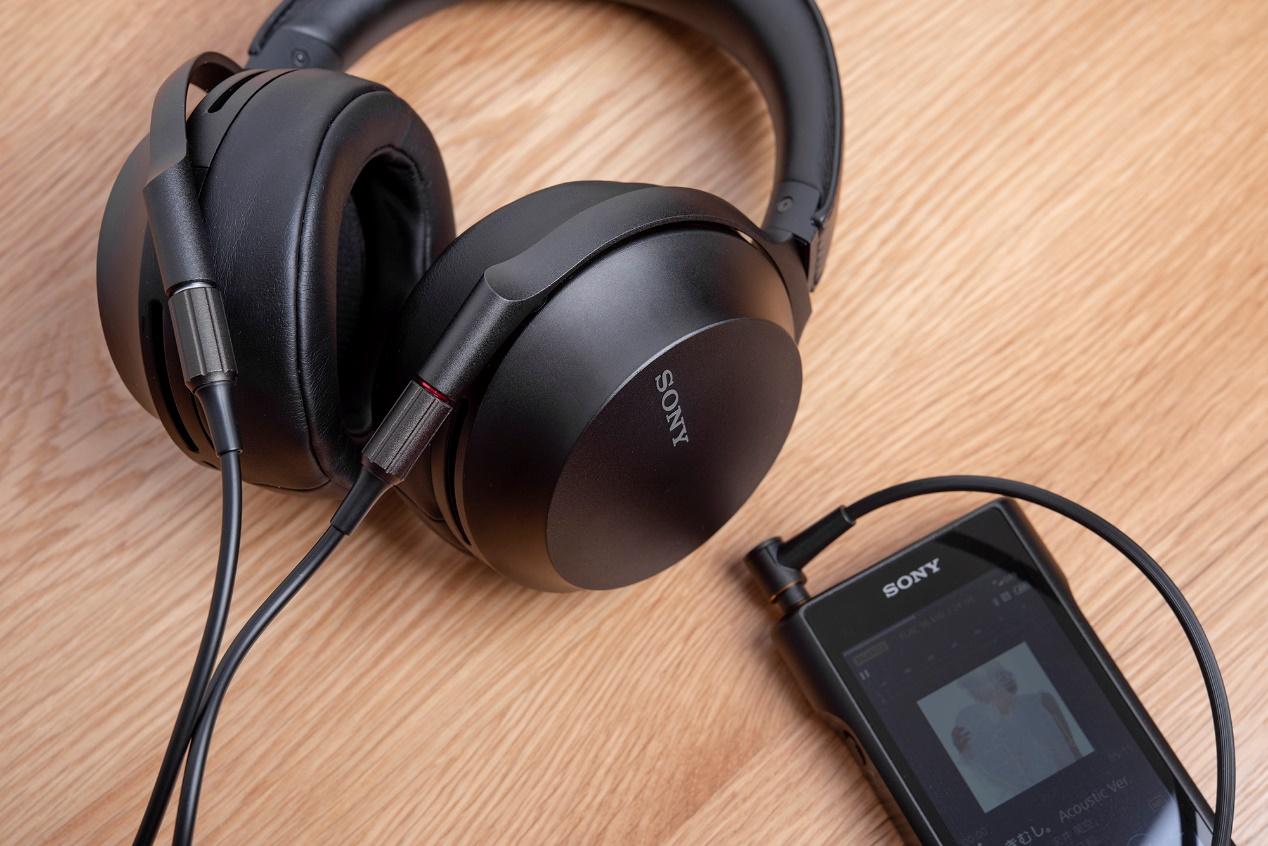
SONY MDR-Z7M2 Hi-Res Headphones: A Comprehensive Review
The SONY MDR-Z7M2 stands as a prominent offering in the realm of high-resolution audio headphones. Positioned as a closed-back, over-ear model, it targets audiophiles and discerning music listeners seeking an immersive and detailed listening experience. This review aims to provide a comprehensive analysis of the MDR-Z7M2, drawing upon a synthesis of expert evaluations and user feedback to offer a balanced perspective on its strengths and weaknesses. Key features that have garnered attention include its large 70mm drivers and the inclusion of a balanced audio connection, suggesting a focus on delivering high-fidelity sound . Furthermore, recurring comparisons with Sony's flagship MDR-Z1R model in various reviews indicate that the Z7M2 is often evaluated within the context of Sony's premium headphone lineup .
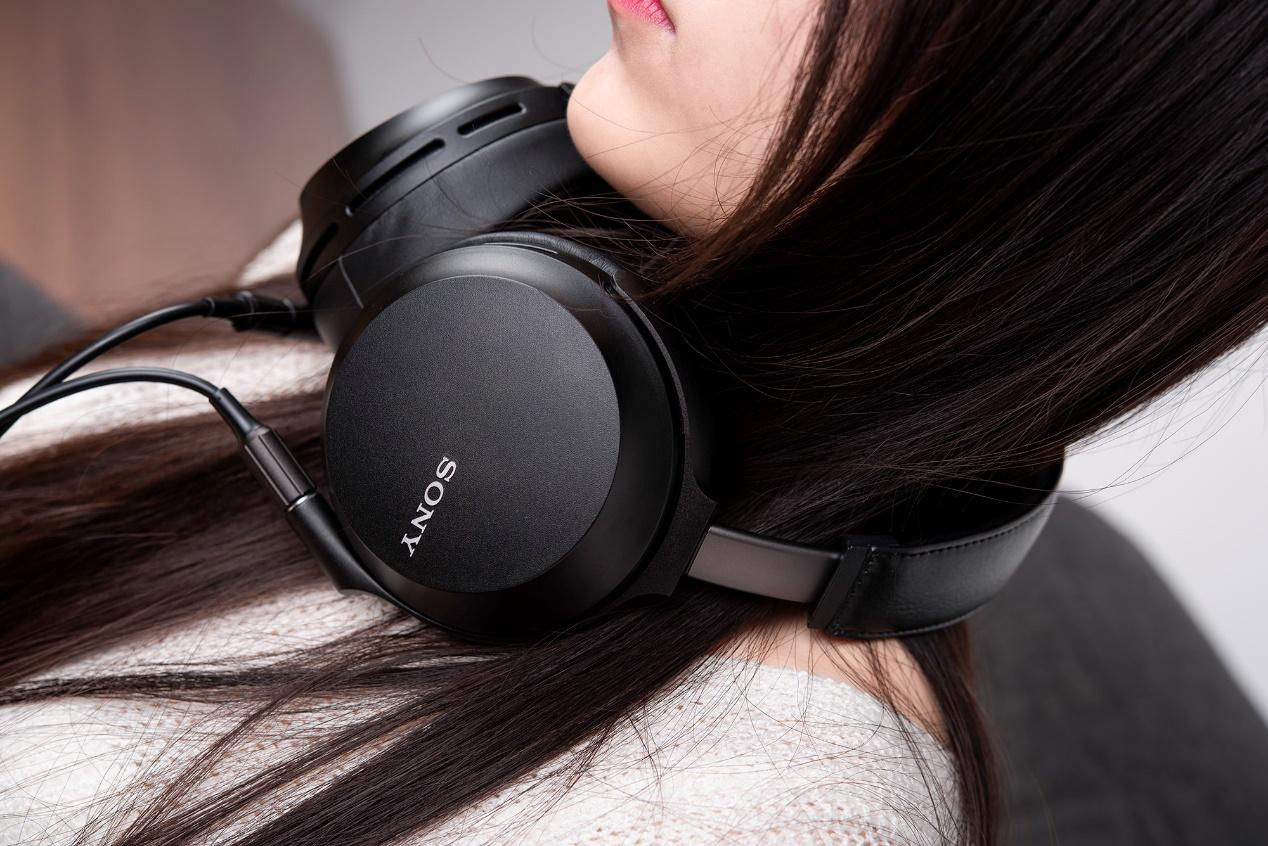
Design and Build Quality
The SONY MDR-Z7M2 exhibits a striking craftsmanship, with Sony demonstrably prioritizing the use of quality materials throughout its construction . The headphones present a sophisticated aesthetic, primarily in black, maintaining an over-ear form factor that fully encloses the listener's ears . The use of metal is prevalent, contributing to a robust and premium feel. Specifically, the headband and hangers are constructed from aluminum, lending both durability and a touch of elegance to the design . The earpads are generously sized and plush, featuring synthetic leather surfaces coupled with a thick layer of low-repulsion urethane foam cushioning. This combination aims to provide both comfort and an effective seal around the ears . A notable design element inherited from Sony's higher-end models is the Fibonacci-patterned grill on the earcups . This grill is engineered from a stiff resin to be both thin and strong, its design intended to minimize sound damping at ultra-high frequencies, thereby contributing to a smoother and more natural sound reproduction .
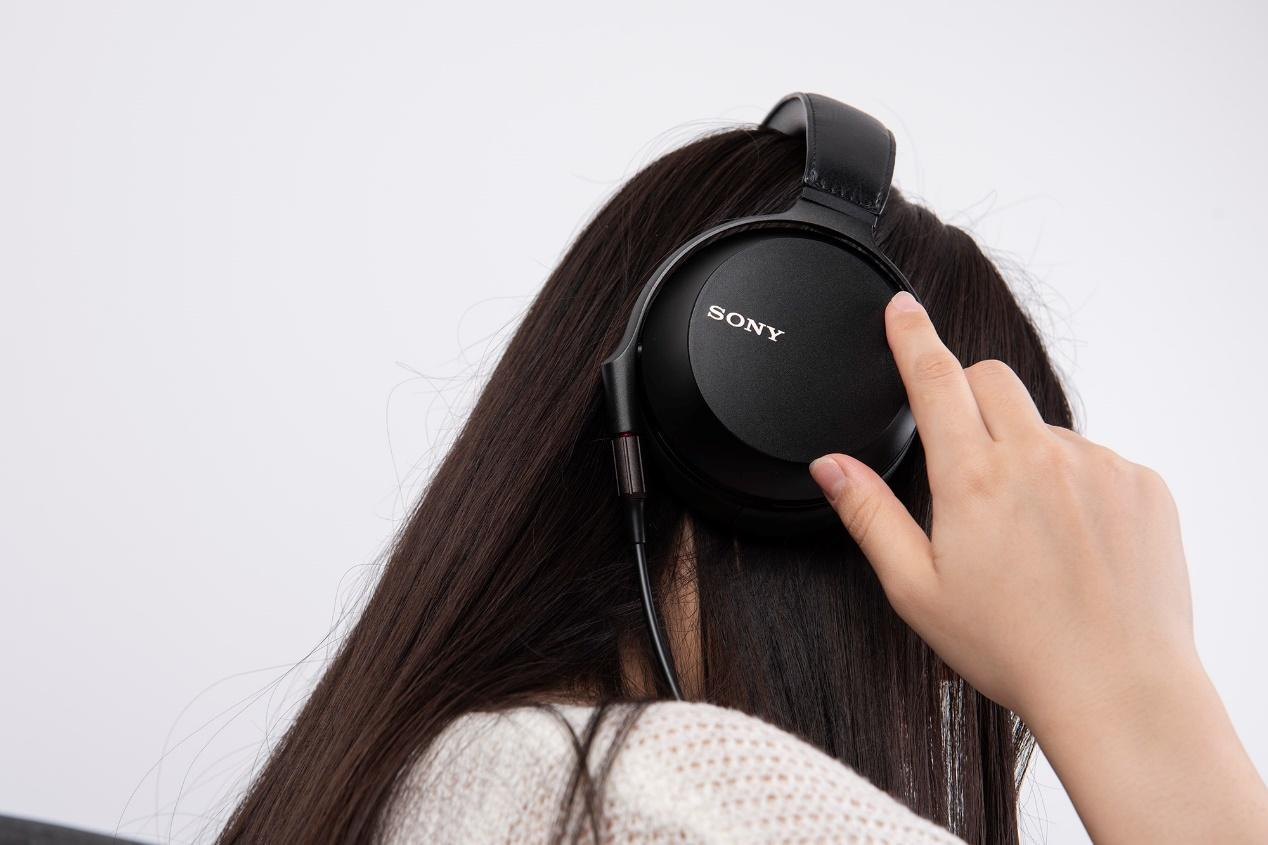
The overall build quality of the MDR-Z7M2 is consistently lauded across various evaluations. The headphones feel solid and firm, with reviewers noting the absence of creaking in the joints even when adjusting them on the head . The use of aluminum alloy in the hangers and sliders, which form the structural backbone of the headphones, further reinforces their durability and ensures longevity . While the MDR-Z1R utilizes sheepskin leather for its earpads, the Z7M2 employs pleather (synthetic leather) . Although pleather can be durable, the difference in material might be a consideration for some users in terms of long-term wear and feel.
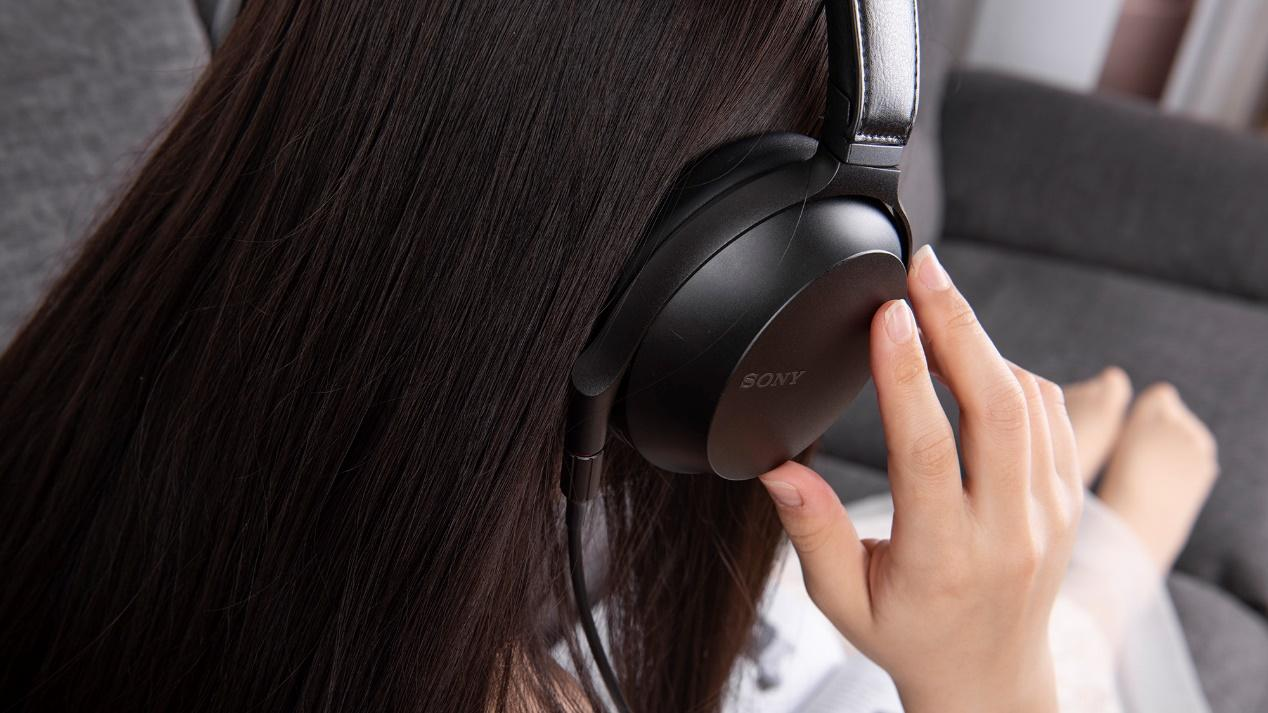
Sony has equipped the MDR-Z7M2 with a comprehensive set of high-quality cables, enhancing its versatility and catering to different audio setups . Included in the box are two detachable Y-type cables: a longer 3-meter cable with a standard 3.5mm TRS single-ended connector and a shorter 1.2-meter cable terminating in a 4.4mm TRRS balanced connector . The cables feature locking collars at the driver end, ensuring a secure connection . Additionally, a 3.5mm to 6.5mm adapter is provided, offering further compatibility with various audio equipment . The cables themselves are constructed with gold-plated plugs and silver-coated oxygen-free copper (OFC) strands, aiming to minimize resistance and signal transmission loss, thereby preserving the integrity of the audio signal . The inclusion of both a standard and a balanced cable underscores the headphone's design for high-fidelity listening across different platforms . However, one user noted that the 3.5mm cable is excessively long, which might be inconvenient in certain usage scenarios . Despite the generally positive reception of the design and build, some reviews mention that the headphones can appear "big and bulky" and might seem "over-sized" on individuals with smaller heads .
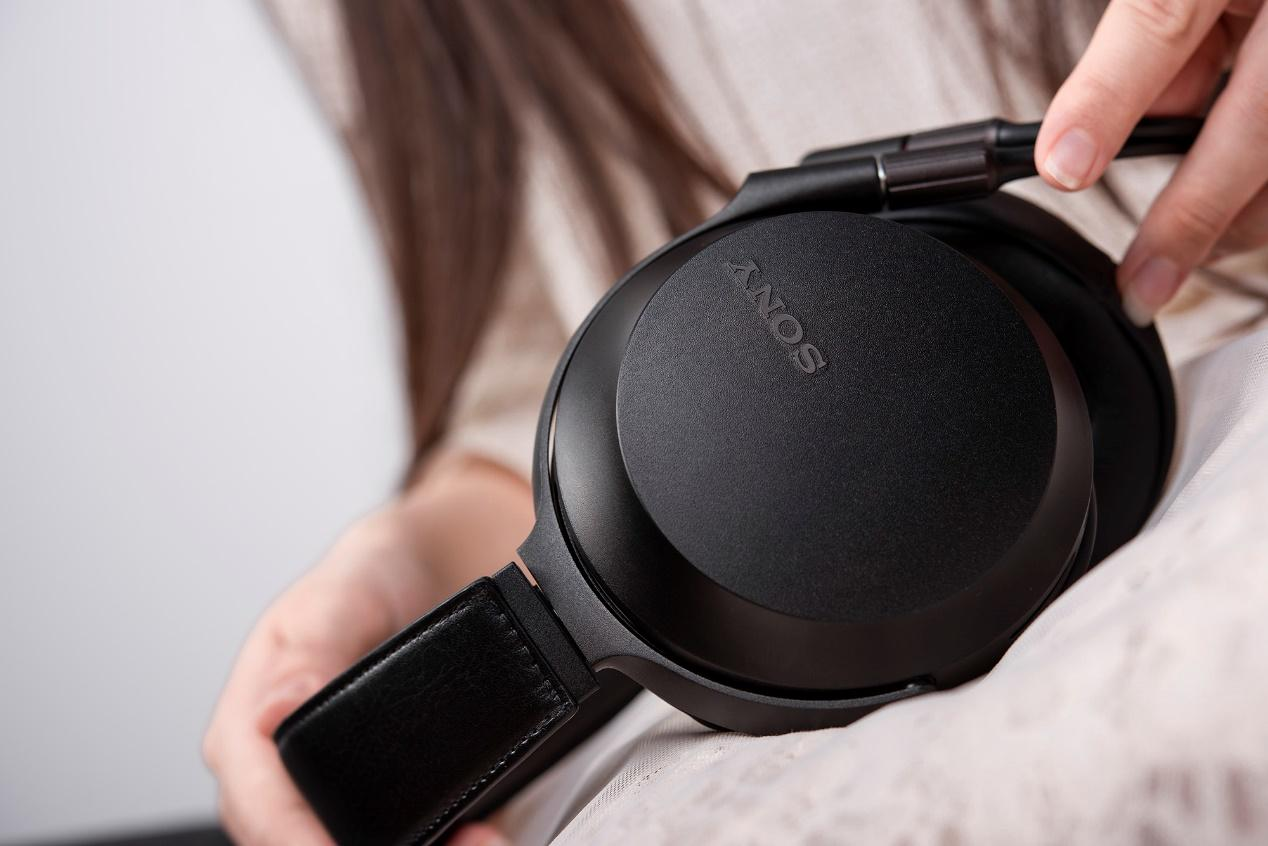
Comfort and Ergonomics
A significant aspect of the SONY MDR-Z7M2's design is its emphasis on comfort, particularly for extended listening sessions. The earpads are notably large and generously padded with a very thick, low-repulsion urethane foam, designed to accommodate most ear sizes comfortably . Their ergonomic shape is specifically engineered to conform to the contours of the head, ensuring even pressure distribution across the contact area . This design contributes to a good seal around the ears, effectively isolating the listener from external noise, a feature appreciated even by those who wear glasses . The plushness of the earpads has been consistently praised, with some reviewers finding them exceptionally comfortable .

The headband of the MDR-Z7M2 is also generously padded, further enhancing comfort during prolonged use . The revised design of the aluminum headband aims to provide a secure fit without exerting excessive clamping force on the head, a balance that is crucial for comfortable wear . While the headphones feel substantial and well-built, they are not perceived as overly heavy, with a weight of 340 grams (12.0 oz) . This weight is reportedly distributed evenly, minimizing any discomfort even after hours of continuous listening . Indeed, multiple reviews specifically highlight the suitability of the MDR-Z7M2 for long listening sessions, attesting to its ergonomic design . However, a minor drawback noted by some users is the potential for the earpads to become warm and cause heat buildup after several hours of wear, which might affect comfort in warmer environments .
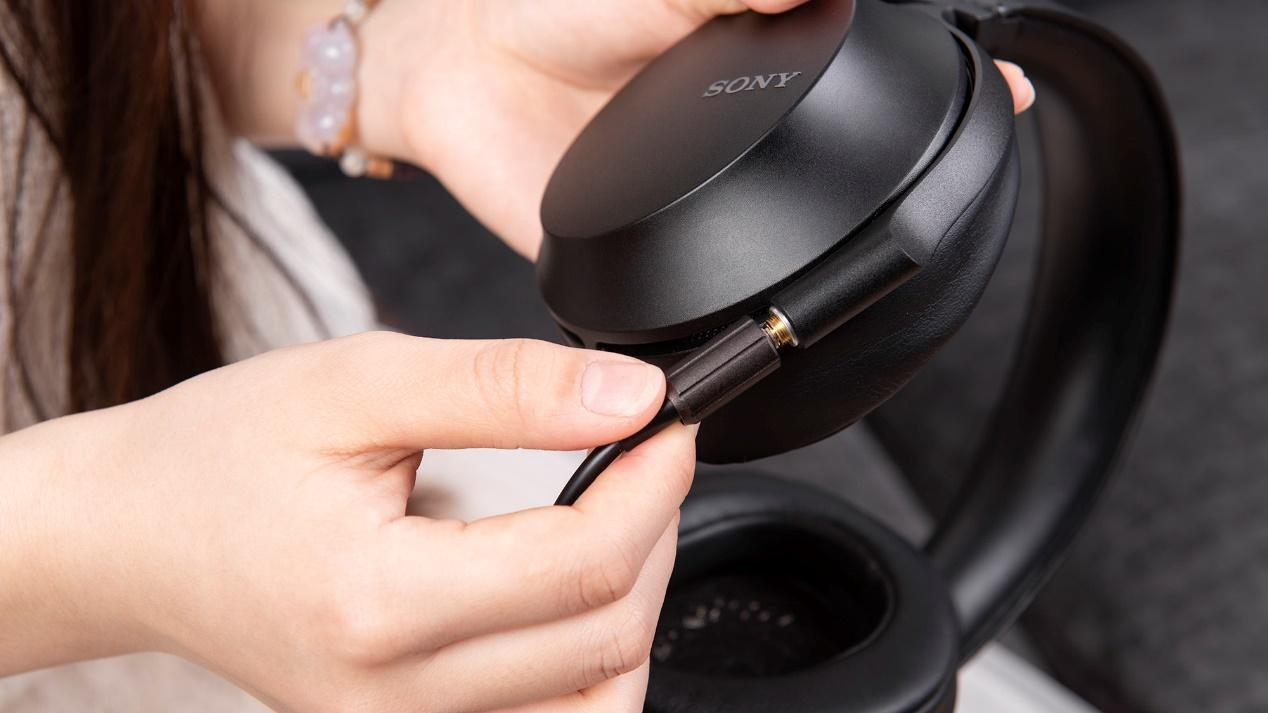
In terms of adjustability and ease of use, the MDR-Z7M2 features well-lubricated joints in its construction, allowing for smooth and silent readjustments on the head or swiveling of the earcups . The headband is adjustable to accommodate various head sizes, and the earcups offer a degree of swivel to ensure a comfortable and personalized fit . However, unlike the higher-end MDR-Z1R, the Z7M2 lacks an easily replaceable earpad mechanism; the pads are screwed in, which might make swapping them out less convenient for users who desire to experiment with different pads or need to replace worn ones .

Sound Quality Performance
The SONY MDR-Z7M2 is often described as delivering a sound signature that is "big, warm, smooth, and encompassing," offering a listening experience that prioritizes a lush and relaxing sonic character over raw analytical detail . Some evaluations also characterize the sound as having a "fun" and slightly V-shaped profile, suggesting an emphasis on both the bass and treble frequencies .
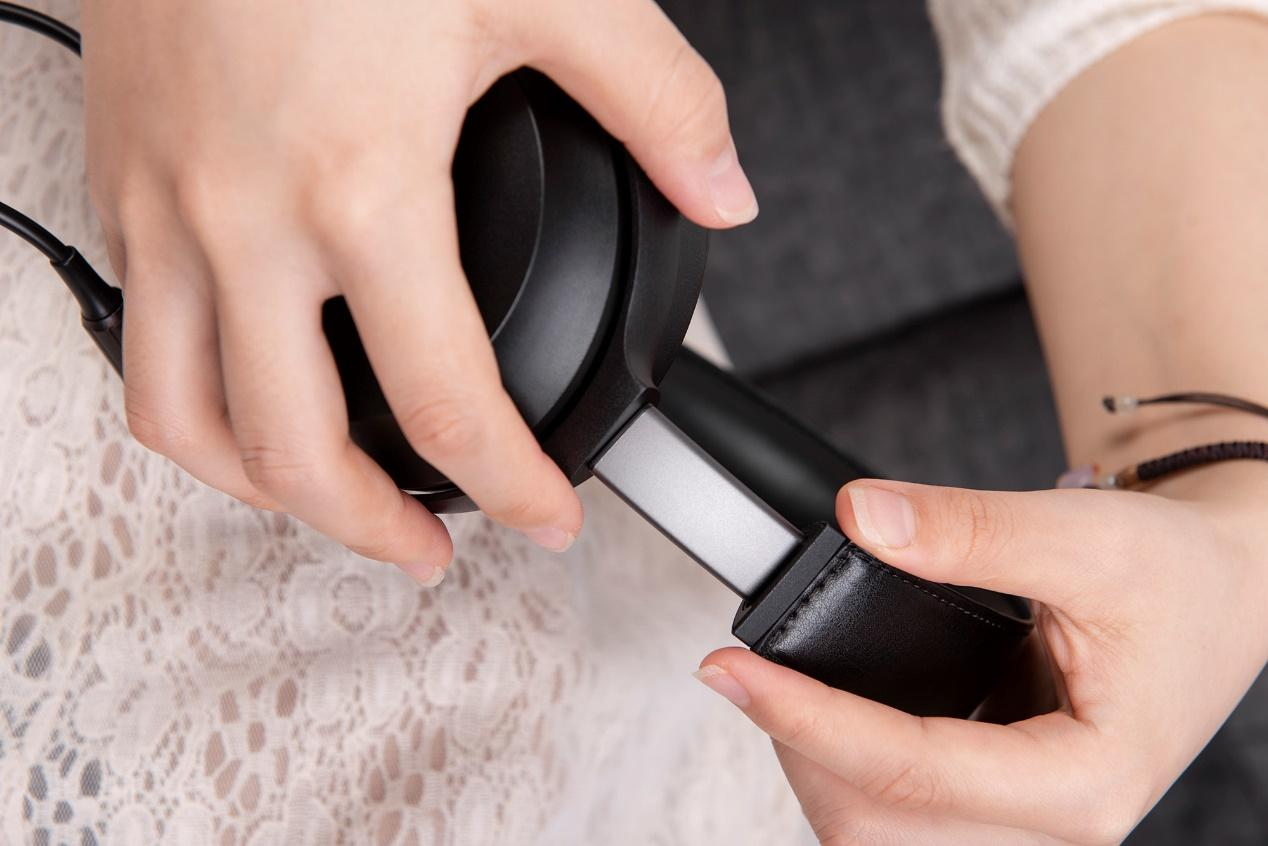
The bass response of the MDR-Z7M2 is generally regarded as strong and rich, with the capability to extend deeply into the sub-bass frequencies, especially when paired with sufficient power . Reviewers have noted that the bass can be "tight and hard-hitting," exhibiting good textural resolve and a degree of cleanliness . However, opinions diverge slightly, with some finding the bass to be "lackluster at best" without the use of equalization (EQ) . When EQ is applied, the bass reportedly responds very well, becoming "boomy yet controlled," indicating that the underlying potential for strong bass is present but might require some adjustment to fully realize . Some users describe the bass as "solid with no boom," suggesting a well-defined low-end that avoids excessive resonance . On certain tracks, particularly those with significant low-frequency content, the bass has even been described as "seismic," highlighting its impactful nature . Conversely, a potential drawback mentioned is that the bass might occasionally "bottom out" on certain demanding tracks .
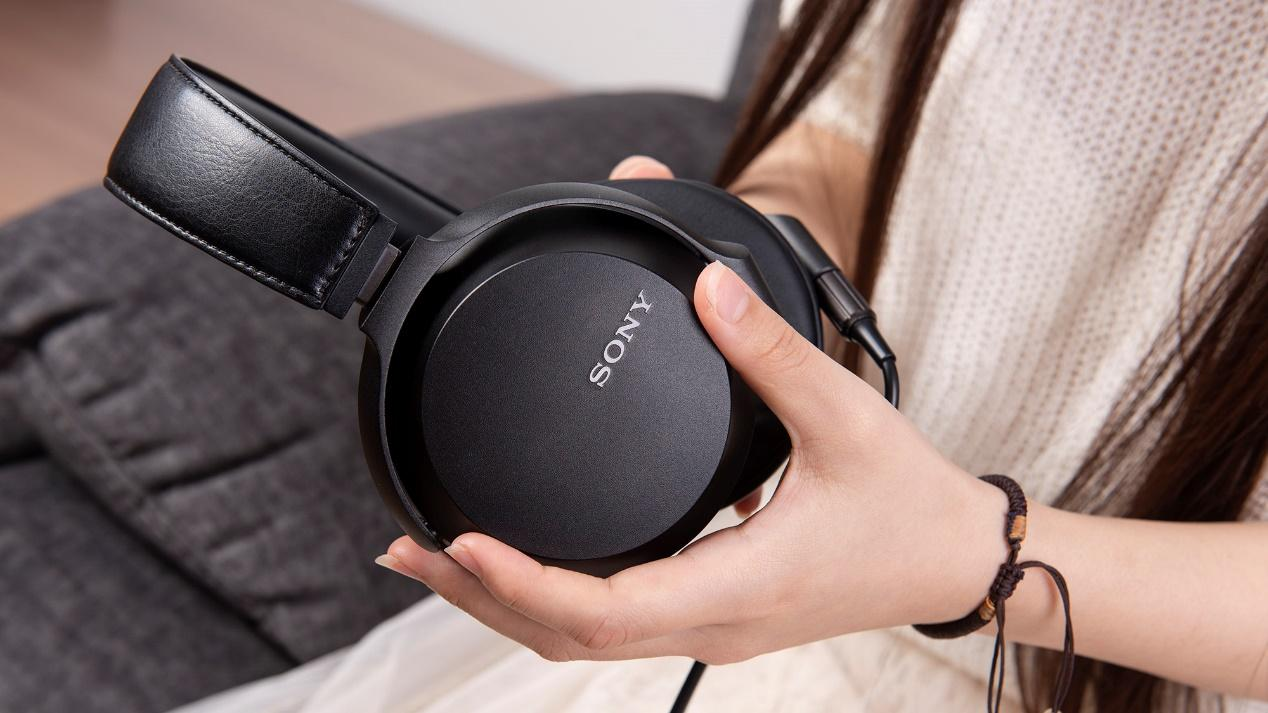
The midrange performance of the MDR-Z7M2 is an area where some criticisms have been raised. While the mids are often described as "resolving," a recurring observation is an "upper-mid recession" that can result in vocals and electric guitars lacking some weight and body . This can lead to a perception of the midrange sounding somewhat "distant" or "hollow," particularly affecting male vocals . In contrast, one review noted the mids as being "sweet and open," surprisingly rivaling the spaciousness found in some open-backed headphones . A potential contributor to the perceived character of the midrange is a noted 3kHz peak, which some believe can impart a "honky" quality to the sound .

The treble frequencies on the MDR-Z7M2 are generally described as "clear" and well-integrated with the bass emphasis, contributing to the slightly U-shaped tonal balance . The treble is often characterized as "airy" and free from sibilance, offering a pleasant high-frequency presentation . However, when compared to Sony's flagship MDR-Z1R, the Z7M2 is noted to have less treble detail and energy, feeling somewhat "rolled off" in the higher frequencies for some listeners . One review highlighted the treble as being "nuanced with good cymbal and trumpet timbral textures," suggesting a capability for detailed reproduction in this range . A potential issue identified is a dip around 10kHz, which could contribute to the treble sounding too smooth for individuals who prefer a more pronounced high-frequency presence .
A standout feature of the SONY MDR-Z7M2's sound quality is its soundstage, which is frequently described as "surprisingly large and expansive for a closed-back headphone" . This spaciousness contributes to a sense of good spatial depth and width between individual sonic elements . While the soundstage is considered wide and generally better than many other closed-back headphones, it is not as expansive as that of open-back models or the Sony MDR-Z1R . The headphone also excels in instrument separation, allowing listeners to easily distinguish individual instruments within a complex mix . However, the expansive presentation facilitated by the large 70mm drivers can sometimes lead to the imaging sounding somewhat diffuse .
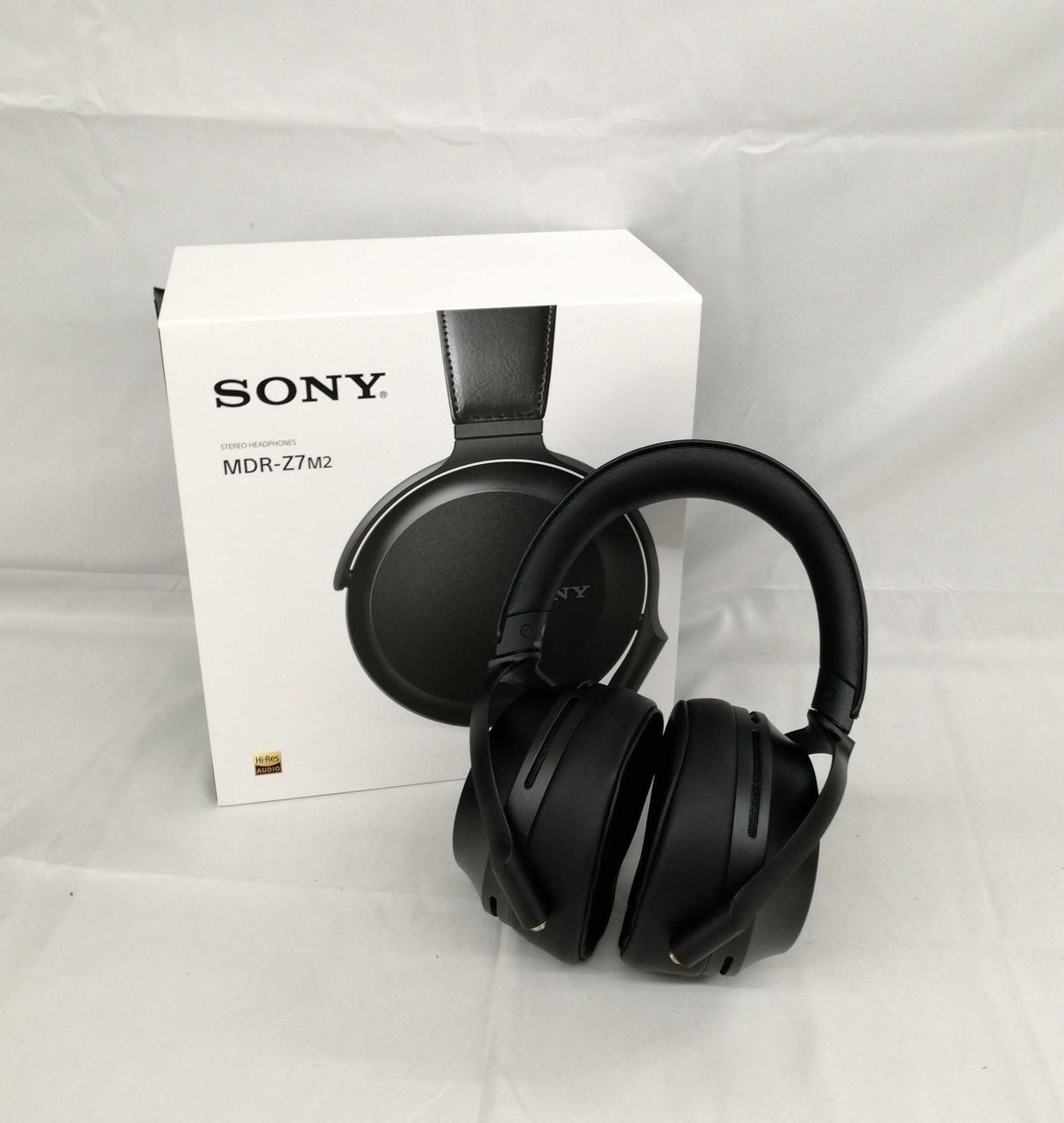
Pros and Cons Summary Table (Sound Quality Performance):
| Pros | Cons |
| Strong bass response (with EQ) | Bass can be lackluster without EQ |
| Good treble clarity and airiness | Midrange can sound recessed or hollow |
| Wide and expansive soundstage for a closed-back headphone | Less treble detail and energy compared to MDR-Z1R |
| Excellent instrument separation | Imaging can sometimes sound diffuse |
Technical Features and Specifications
With an impedance of 56 ohms at 1 kHz and a sensitivity of 98 dB/mW , the MDR-Z7M2 is relatively easy to drive, meaning it can achieve adequate volume levels and sound quality when paired with a variety of audio sources, including smartphones, laptops, and dedicated digital audio players (DAPs), without necessarily requiring a powerful headphone amplifier . This ease of driving enhances the versatility of the headphones, making them suitable for both home and portable use. The MDR-Z7M2 features a large neodymium magnet, which is approximately twice the size of the magnet used in its predecessor, the MDR-Z7 . This larger magnet contributes to increased driving power and a faster response to high-resolution audio signals, resulting in a sharper and more detailed sound reproduction.
To provide a broader context for the SONY MDR-Z7M2's performance, it is useful to compare it with other headphones in its class and within Sony's own lineup.
Versus Sony MDR-Z1R: The MDR-Z1R serves as Sony's flagship headphone, and comparisons are frequently drawn between it and the Z7M2 . Key differences highlighted in reviews include the Z1R's larger perceived soundstage and its ability to render more detail and energy in the treble frequencies . The Z1R also utilizes premium sheepskin leather for its earpads, contrasting with the pleather used on the Z7M2 . Additionally, the Z1R features a driver with a magnesium dome, potentially contributing to its sonic advantages . In busy musical passages, the Z1R is noted to have a tighter bass response, offering better clarity and separation . A practical difference is the Z1R's easy twist-off earpad mechanism, which is more convenient than the screw-in pads of the Z7M2 . These comparisons suggest that while the Z7M2 offers a high level of performance, the Z1R represents a step up in sonic fidelity and material quality, likely justifying its higher price point.
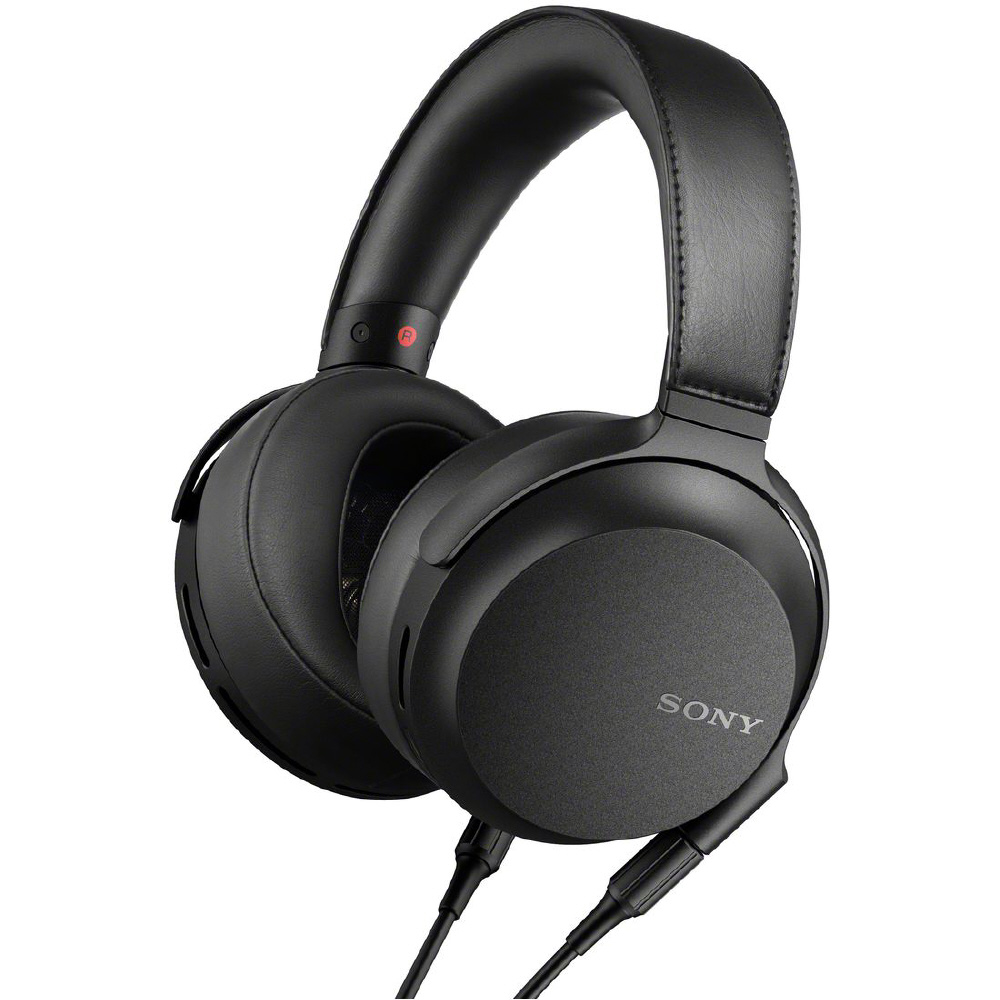
Versus Oppo PM2: The Oppo PM2 is another headphone compared to the Z7M2 in some reviews . The PM2 utilizes a planar magnetic driver, whereas the Z7M2 employs a dynamic driver . Planar magnetic drivers are often associated with a different style of bass presentation and impulse response compared to dynamic drivers. The Oppo PM2 is praised for its build quality and comfort . The choice between these headphones might come down to a preference for the sonic characteristics typically associated with dynamic versus planar magnetic driver technologies.
Versus Focal Elear/Elegia: Comparisons with Focal headphones, specifically the Elear and Elegia, also provide valuable context . The Focal Elear is an open-back headphone, while the Elegia is closed-back, unlike the Z7M2 which is closed-back . Reviews suggest that the Z7M2 tends to have a warmer sound signature compared to the more neutral or mid-focused presentation of the Elear and Elegia . Some users find the Z7M2 to be more comfortable and offer better isolation than the Elegia . The Focal Elear has been noted to potentially have a "mid suckout," which might influence a listener's preference compared to the Z7M2's midrange performance . These comparisons illustrate the variety of sound signatures and design choices available in the high-end headphone market, allowing potential buyers to consider their specific sonic preferences and usage scenarios.
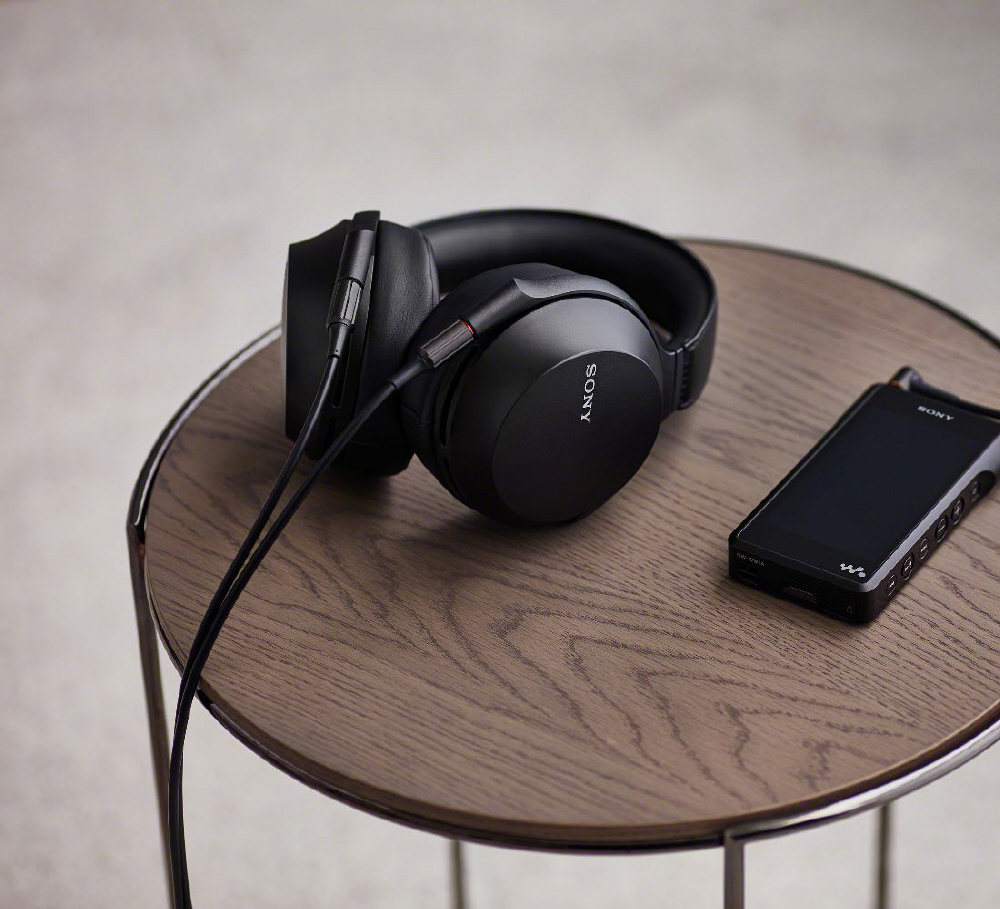
User Feedback Summary
User reviews for the SONY MDR-Z7M2 generally echo many of the points raised in expert evaluations. A recurring theme in user feedback is the high level of comfort provided by these headphones, with many users praising the plush earpads and comfortable fit for extended listening periods . The build quality and overall appearance of the MDR-Z7M2 are also frequently appreciated, with users noting the solid feel and premium look of the materials used .
The SONY MDR-Z7M2 presents a compelling package with its robust build quality, exceptional comfort, and Hi-Res Audio capabilities. Its wide soundstage is a significant strength, offering an immersive listening experience that is particularly noteworthy for a closed-back design. The inclusion of both standard and balanced cables further enhances its versatility and appeal to audiophiles with different audio setups.
However, the analysis also reveals certain weaknesses. The bass response, while capable, might require equalization to achieve optimal performance according to some expert reviews. Additionally, the midrange has been noted to sound recessed or hollow, which could affect the listening experience for certain genres or vocal performances. When compared to Sony's flagship MDR-Z1R, the Z7M2 offers less treble detail and a smaller soundstage, which is an important consideration for those seeking the absolute highest level of sonic fidelity from Sony's headphone lineup.
The value proposition of the MDR-Z7M2 appears to be somewhat subjective. While some users find them to be worth the price, praising their sound quality and build , others suggest that there might be alternative headphones in the same price range that offer better overall performance . The lack of a carrying case, as noted in user feedback, could also impact the perceived value for some.
In conclusion, the SONY MDR-Z7M2 is a fine headphone that excels in comfort and build quality, offering a wide soundstage and the benefits of Hi-Res Audio. It is likely to appeal to listeners who prioritize these aspects and enjoy a warmer sound signature. However, potential buyers should be aware of the reported characteristics of the bass and midrange and consider their own sonic preferences and the availability of other options in the market before making a purchase. For audiophiles seeking the ultimate in sound quality from Sony, the MDR-Z1R remains the superior choice, albeit at a higher cost. Ultimately, the MDR-Z7M2 stands as a competent and comfortable high-resolution headphone that offers a pleasant listening experience, though its value might be perceived differently depending on individual priorities and comparisons with competing models.

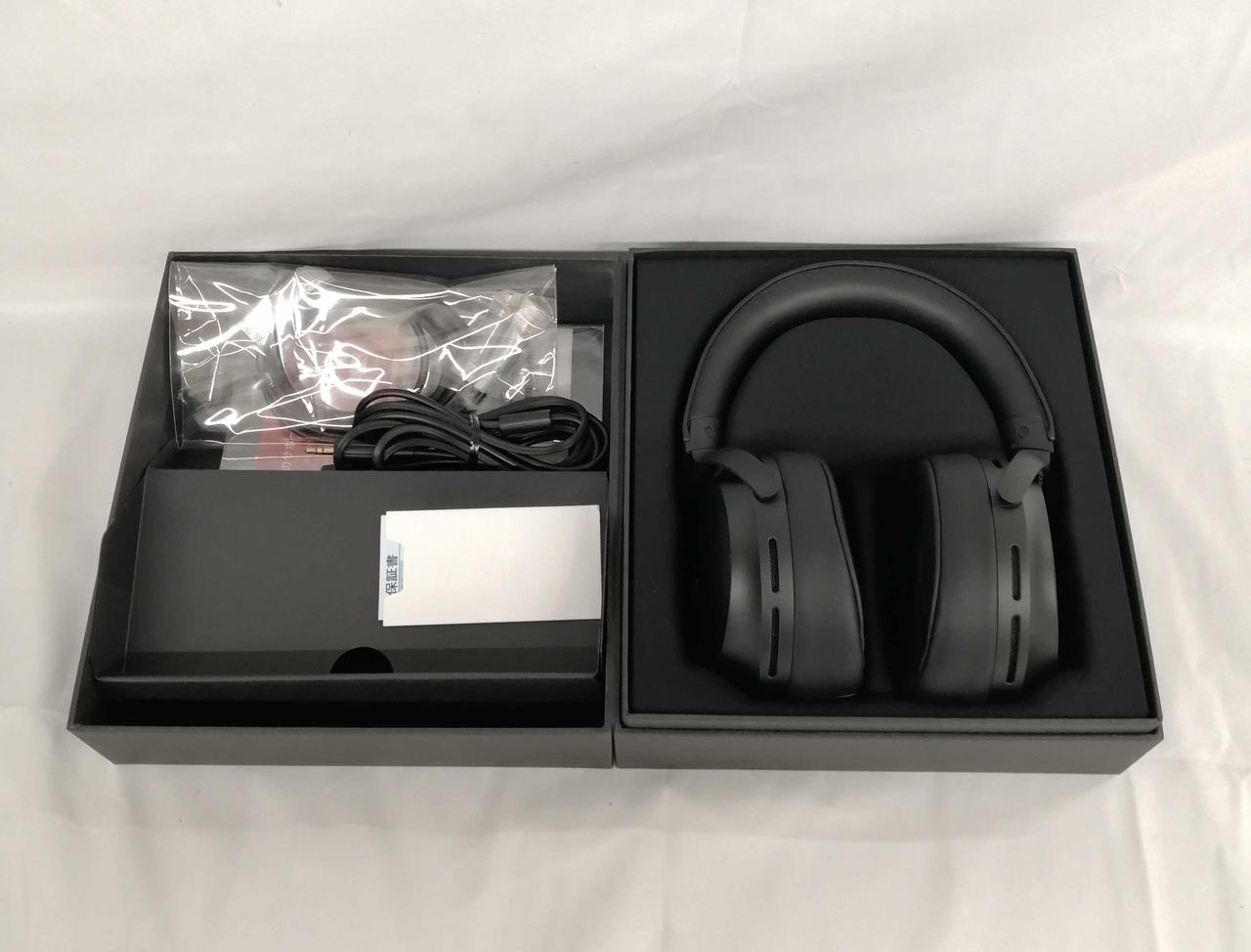
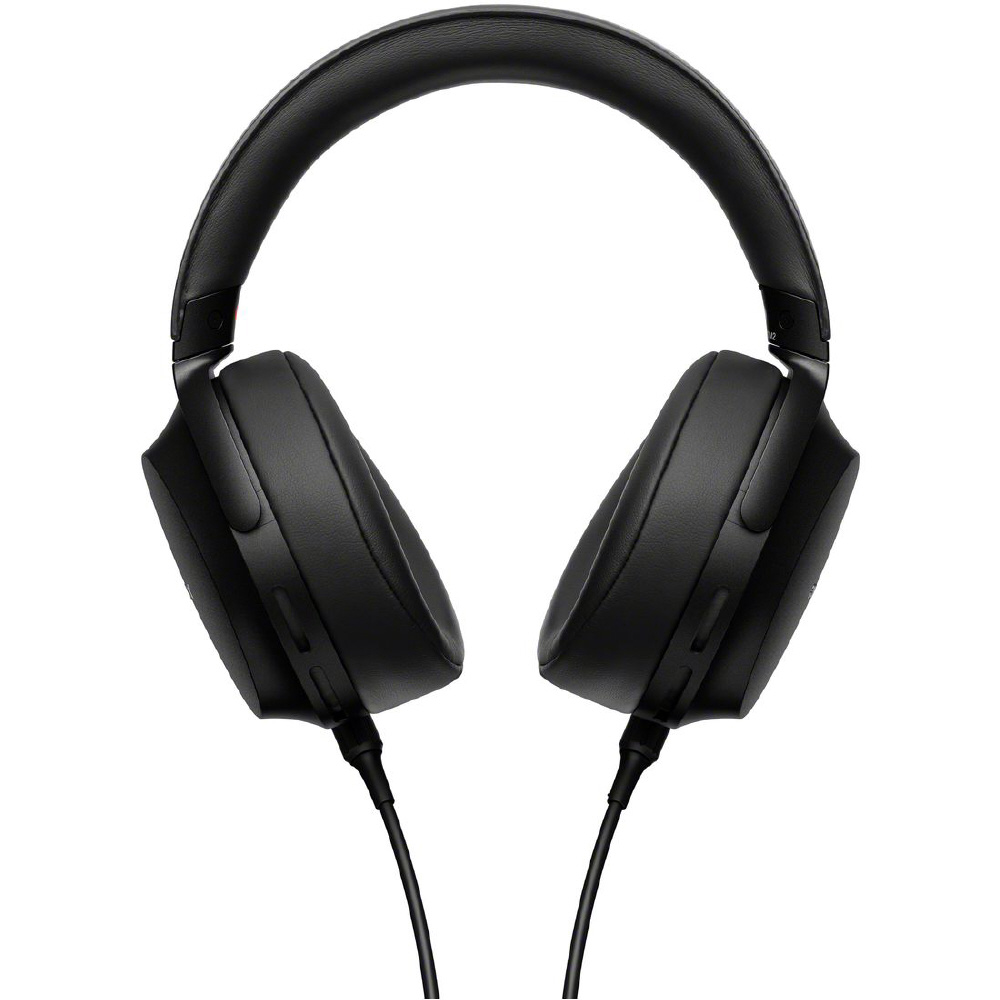

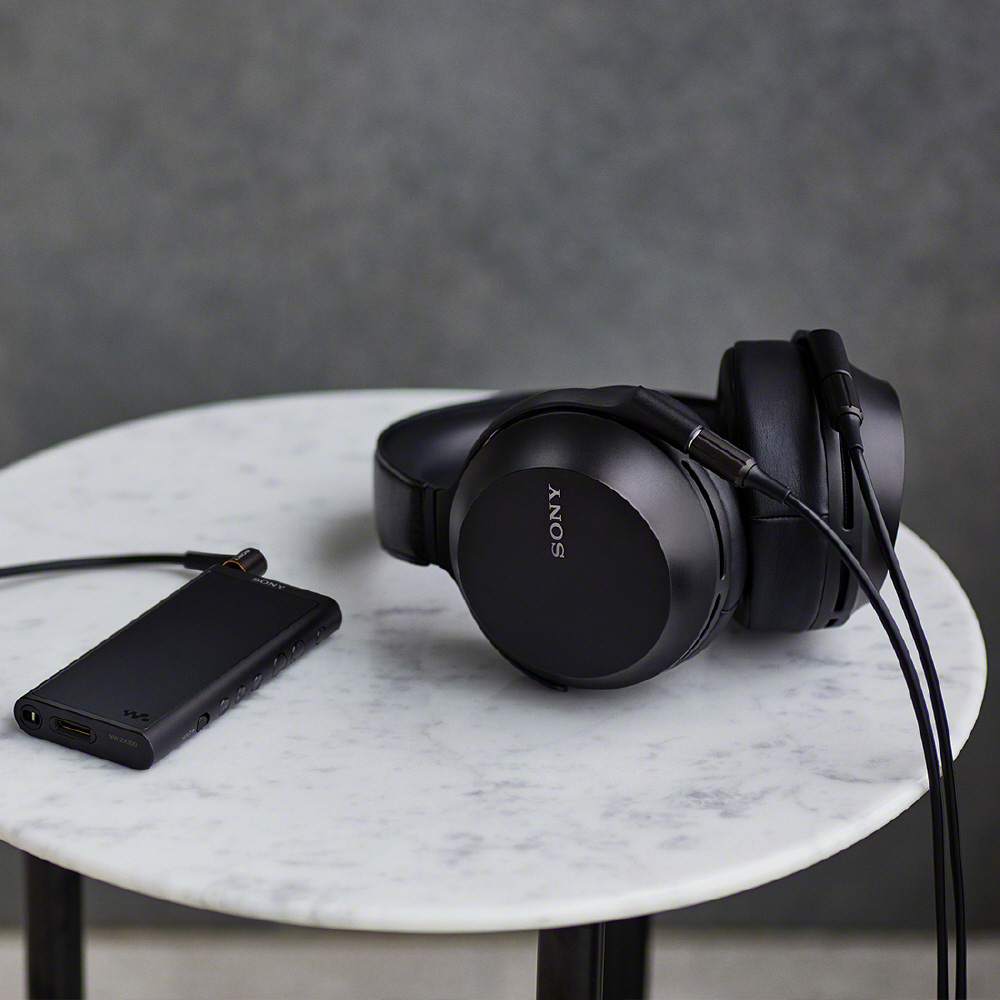
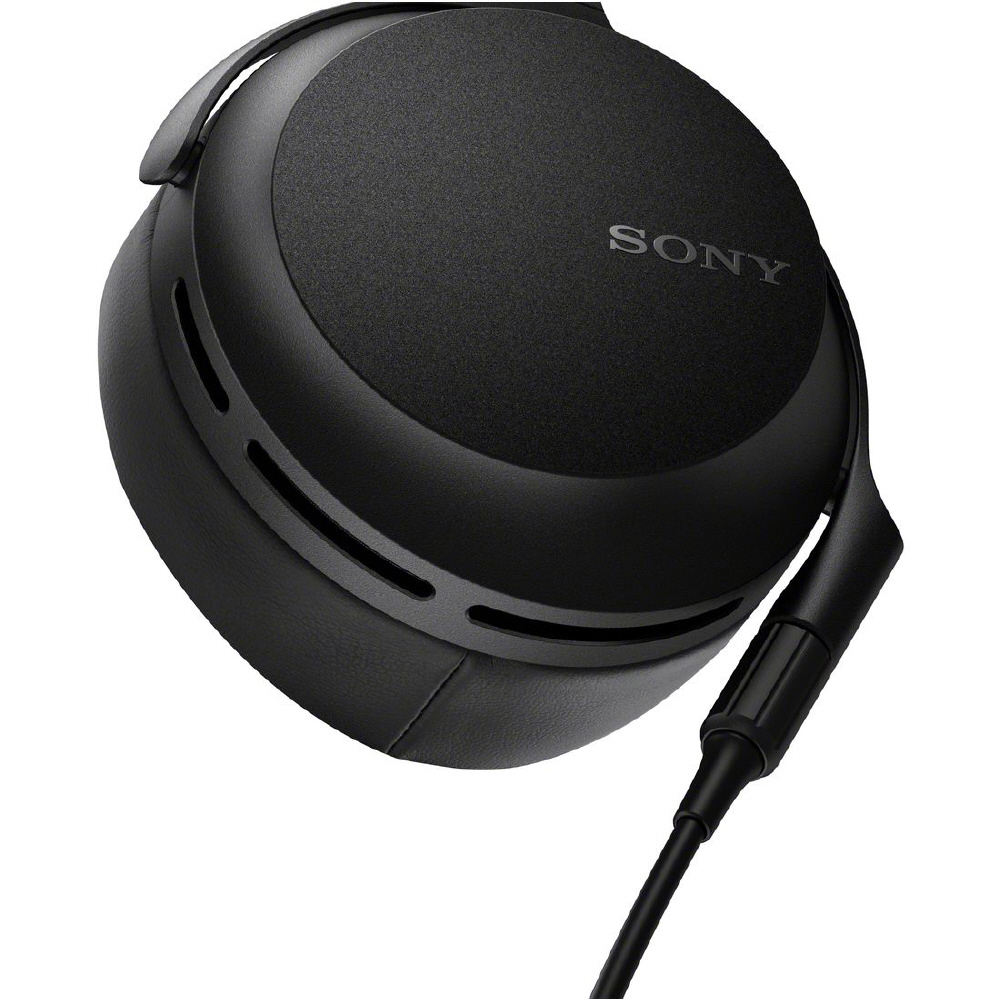


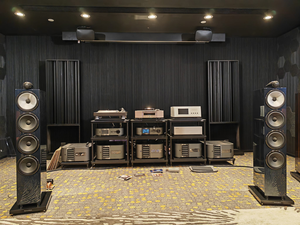
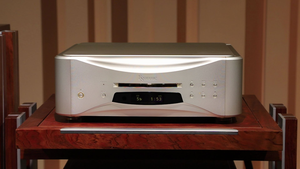
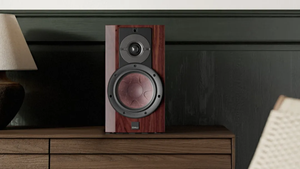
Comments